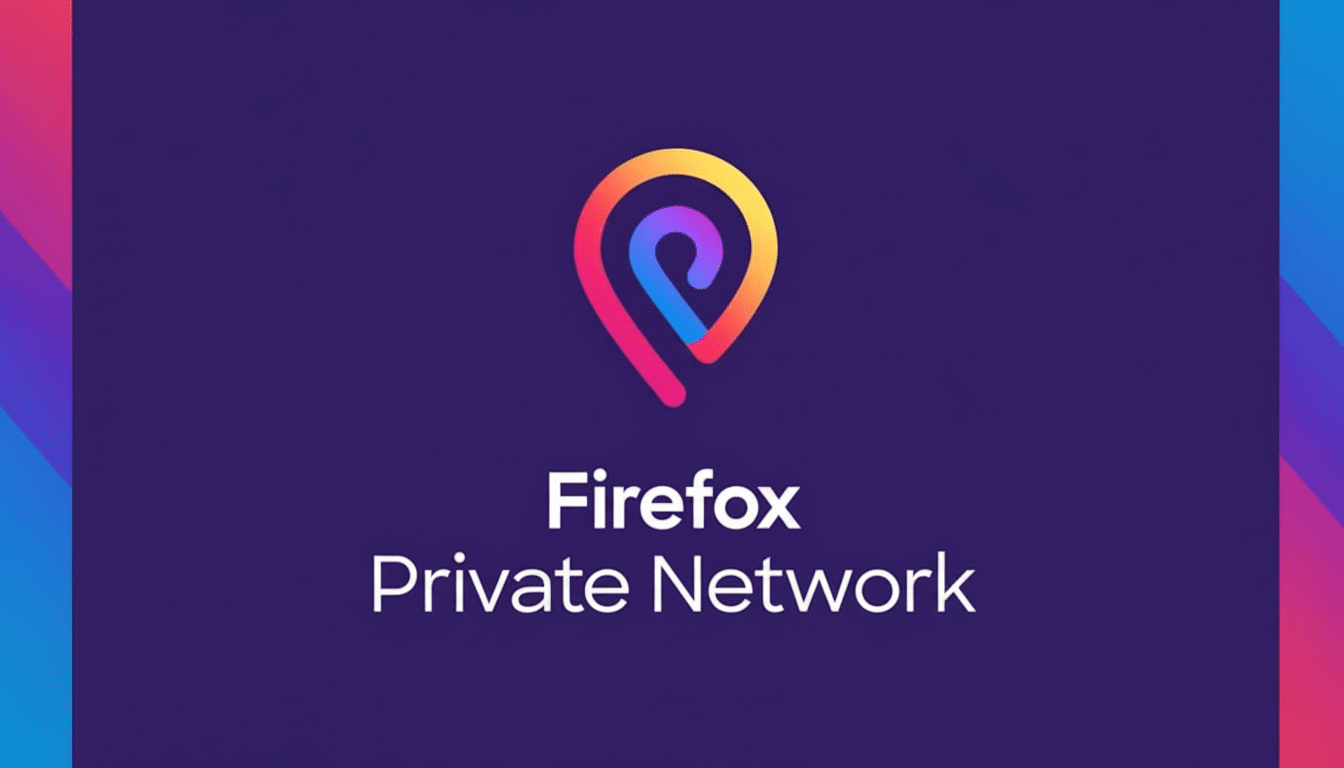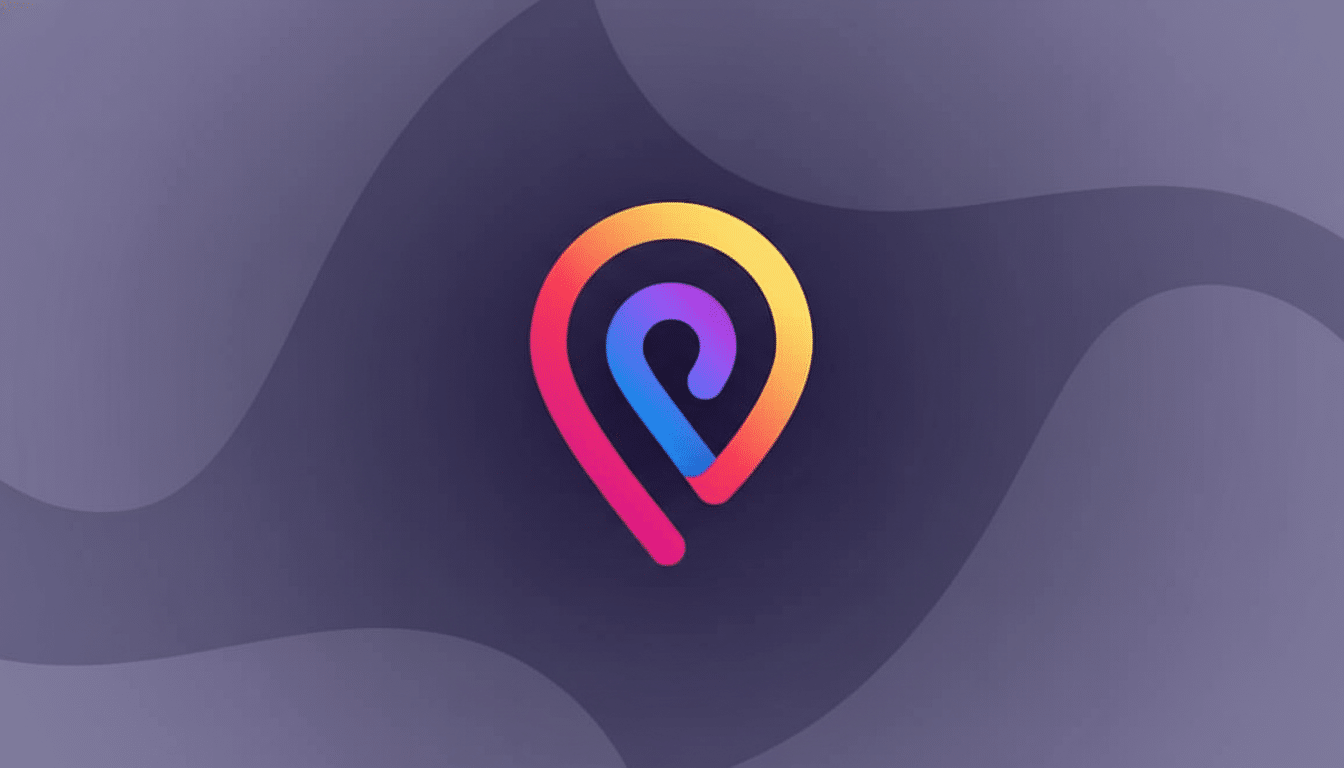Mozilla has begun quietly testing a built-in, subscription-based VPN inside its Firefox browser as part of a retooled slogan — to “always fight for you” when it comes to undoing online tracking and keeping browsing private. Only a few users in the United States will see the setting of the new service, known as Firefox Private Network, but Mozilla plans to test much more over time.
(In the limited test, a new VPN option shows up right in the browser and only has to be turned on — no standalone software to install; it obscures your IP address.)
- What Firefox’s Free VPN Actually Does for You
- Key Limitations to Know Before You Try It
- How to Know If You Got It in Your Firefox
- How It Compares With Other Free Options Today
- Who This Free VPN Is For and When to Use It
- Why Mozilla Is Doing This and What It Wants
- Bottom Line: Should You Use Firefox’s Free VPN?

What Firefox’s Free VPN Actually Does for You
The feature sends your browsing traffic through VPN servers, shielding it from heavyweight network observers and hiding your real IP address from IP-based tracking. Mozilla says it uses the same server network underpinning its paid VPN, which is run by Mullvad, a provider that has gained a whole lot of positive attention over the years thanks to third-party audits and a privacy-centric focus.
There is no cap on usage or speed, a significant consideration relative to other “free” offerings. The connection process is automatic and performance-oriented, so Firefox will select a high-performance server near your location rather than the most popular one.
Key Limitations to Know Before You Try It
This is a browser VPN, not a systemwide VPN. Firefox doesn’t offer VPN protection for anything outside of traffic within the application. Your other apps — streaming clients, games, cloud backup utilities — will not go down the tunnel.
Location choice is not included in the deal. Since Firefox automatically connects to the nearest server, you shouldn’t expect region hopping in order to unlock streaming libraries, bypass country-level censorship, or access blocked sites within your state. If you want to seem as though you’re in a different country, however, paid VPNs are still indispensable.
Mobile isn’t supported yet. A smartphone version was described as a logical next step by some contributors on Mozilla’s community forums, but the trial being conducted today is for desktop.
How to Know If You Got It in Your Firefox
First, be sure you’re signed in with your Mozilla account in Firefox. The feature is account-based, and the rollout applies to random logged-in users.
A VPN setup prompt appears in the top right of the toolbar. Click Next to begin. You may get the prompt twice; if you say “No thanks” to the second one, the VPN icon leaves your toolbar.
The panel lets you connect or disconnect after setup. If you can’t see it, look for the VPN icon in the toolbar. No icon? You’re probably not in the current wave — Mozilla is gradually bringing it to more devices.

How It Compares With Other Free Options Today
Microsoft’s Edge has a built-in “Secure Network” that hides your IP address, but it often limits data usage to 5GB per month, according to Microsoft’s documentation. Firefox’s test is not capped, but it is confined to the browser and does not allow you to select locations.
Opera has long offered a free browser VPN, which — like Firefox’s extension — only offers protection for your browser. These built-ins can be helpful for some casual privacy, but they don’t substitute for a full VPN service to protect everything you do on a device.
Paid services like Mozilla VPN, NordVPN, and Proton VPN offer systemwide protection and the ability to choose a country or city. And Mozilla VPN, which also uses Mullvad’s network and the WireGuard protocol, offers basic-plan prices and will cover your whole device.
Who This Free VPN Is For and When to Use It
If all you want is to prevent IP-based tracking, protect yourself on public Wi-Fi, and improve privacy by stripping out most cookies from your browsing activity (just use private browsing mode in your browser of choice), this easy upgrade is a no-brainer. It works perfectly with the browser you’re already using and won’t count against your activity.
If you have to tunnel between region-locked content, bypass large network blocks, or cover every app on your device, a full VPN is still the right tool. That goes double for globetrotters, power users, and anyone who regularly needs to use server locations.
Why Mozilla Is Doing This and What It Wants
Browser creators are racing to come up with their own way of protecting users’ privacy, adding new twists to the struggle between advertising and privacy.
Firefox has low single-digit market share worldwide, according to StatCounter, and privacy-boosting features could help it stand up against Chrome and Edge. Providing an in-browser VPN for free offers folks who would otherwise never try any additional protection a small taste, without having to set anything up.
It is also an on-ramp to stronger privacy tools. You can drop the browser-only tunnel and add a full-device VPN — Mozilla’s or something else — that gives location control, dedicated applications, more advanced defenses, and so on.
Bottom Line: Should You Use Firefox’s Free VPN?
Look for a VPN prompt in your Firefox toolbar after logging into your Mozilla account. If you see it, you’ve been rewarded with one of the very best freebies out there: unlimited IP masking in your browser and a priceless chance to regain some privacy. Just be aware of its restrictions — and when a full VPN is the better option.

